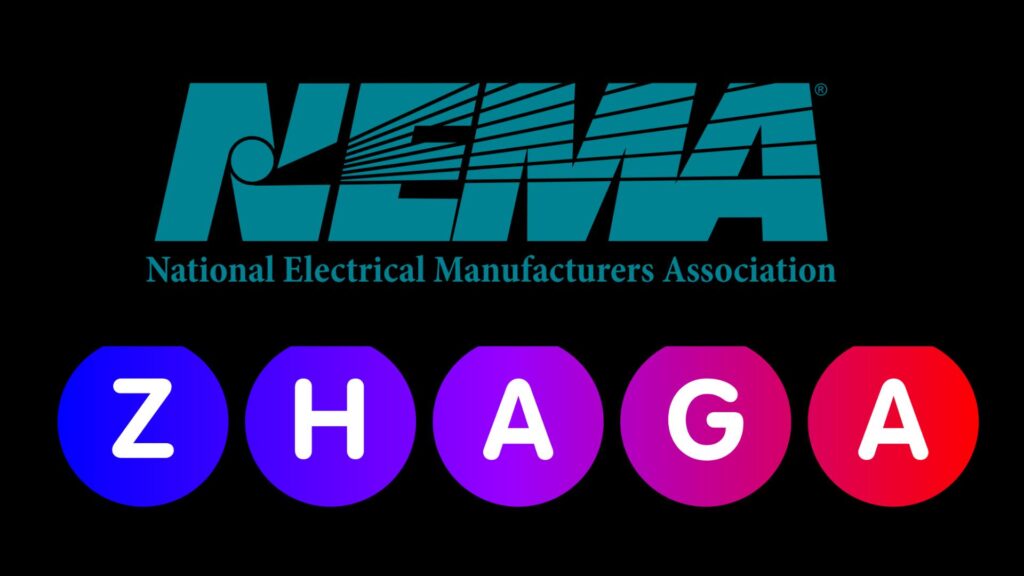Embracing Standardization: NEMA and Zhaga Interfaces in Photosensor Technology

Outline Owing to the rapid evolution of smart lighting systems, their standardization to ensure compatibility and seamless integration has become critical. Among these advancements, photosensor technology enables energy-efficient and adaptive lighting solutions. However, the lack of uniformity across designs often complicates interoperability and increases deployment costs. To address this challenge, global standards like NEMA and Zhaga have emerged, offering a unified framework for photosensor interfaces. These standards streamline connectivity, enhance flexibility, and enable modular upgrades in lighting systems. This article explores the role of NEMA and Zhaga standards in photosensor technology, highlighting their benefits, the modularity they offer, and their impact on deployment. Additionally, it delves into real-world examples of […]
What are the key differences in interoperability between NEMA and Zhaga standards?

Outline Within outdoor lighting systems, achieving seamless integration between components is crucial. Interoperability ensures various elements of a lighting system function together flawlessly. Two prominent standards, NEMA and Zhaga, address this challenge. NEMA prioritizes physical compatibility between lighting systems. Conversely, Zhaga focuses on system-level interoperability, guaranteeing control gear and communication protocols operate harmoniously. This article delves into these key distinctions, explaining how each standard fosters a more interchangeable and adaptable outdoor lighting environment. NEMA Standards and Interoperability The National Electrical Manufacturers Association (NEMA) sets standards for various electrical products, including outdoor lighting. These standards play a vital role in ensuring physical compatibility between light fixtures and light sources. NEMA standards […]
